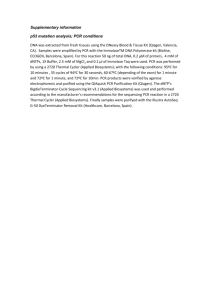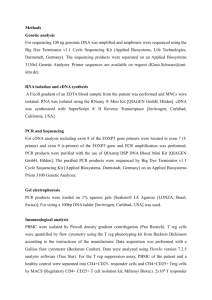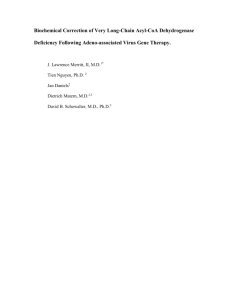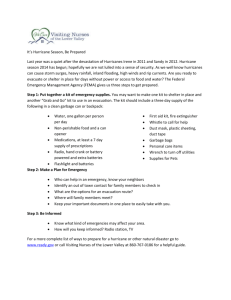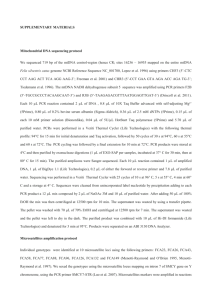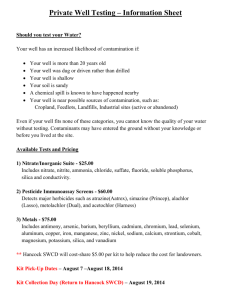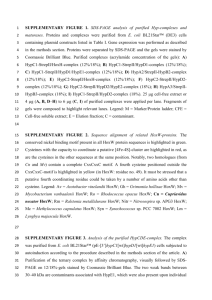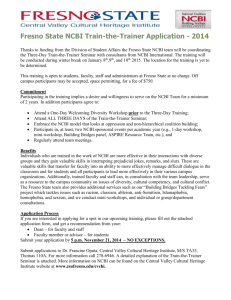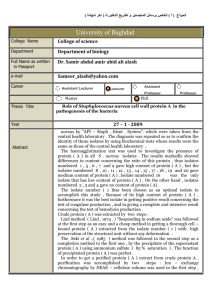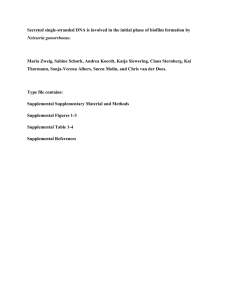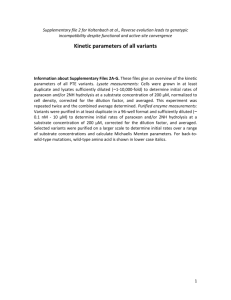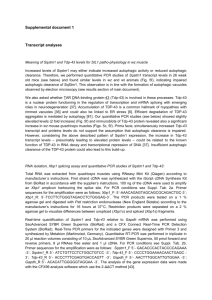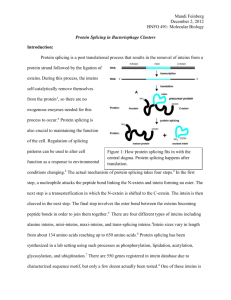file - BioMed Central
advertisement
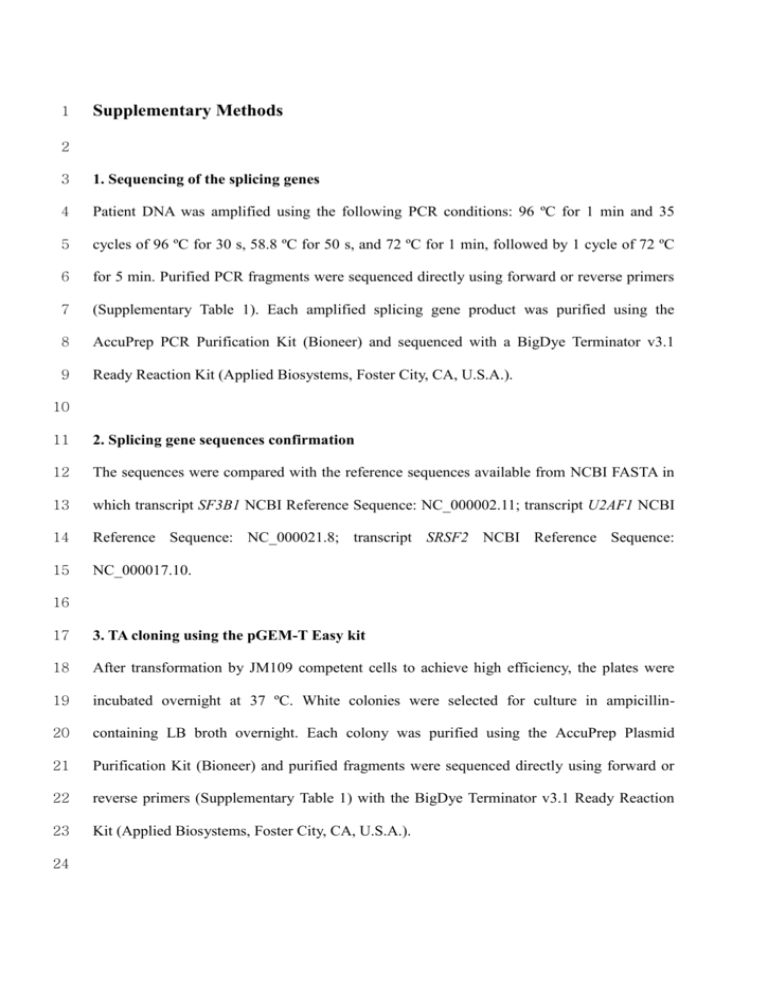
1 Supplementary Methods 2 3 1. Sequencing of the splicing genes 4 Patient DNA was amplified using the following PCR conditions: 96 ºC for 1 min and 35 5 cycles of 96 ºC for 30 s, 58.8 ºC for 50 s, and 72 ºC for 1 min, followed by 1 cycle of 72 ºC 6 for 5 min. Purified PCR fragments were sequenced directly using forward or reverse primers 7 (Supplementary Table 1). Each amplified splicing gene product was purified using the 8 AccuPrep PCR Purification Kit (Bioneer) and sequenced with a BigDye Terminator v3.1 9 Ready Reaction Kit (Applied Biosystems, Foster City, CA, U.S.A.). 10 11 2. Splicing gene sequences confirmation 12 The sequences were compared with the reference sequences available from NCBI FASTA in 13 which transcript SF3B1 NCBI Reference Sequence: NC_000002.11; transcript U2AF1 NCBI 14 Reference Sequence: NC_000021.8; transcript SRSF2 NCBI Reference Sequence: 15 NC_000017.10. 16 17 3. TA cloning using the pGEM-T Easy kit 18 After transformation by JM109 competent cells to achieve high efficiency, the plates were 19 incubated overnight at 37 ºC. White colonies were selected for culture in ampicillin- 20 containing LB broth overnight. Each colony was purified using the AccuPrep Plasmid 21 Purification Kit (Bioneer) and purified fragments were sequenced directly using forward or 22 reverse primers (Supplementary Table 1) with the BigDye Terminator v3.1 Ready Reaction 23 Kit (Applied Biosystems, Foster City, CA, U.S.A.). 24
